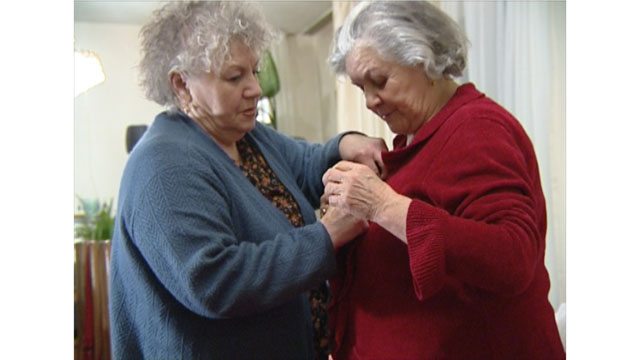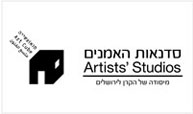Real Matters
Artist:
Ferhat Özgür, Ori Levin, Maha Abo-Hossen
Curator:
Maayan Amir
The exhibition offers moments in which the representation of reality materials entails the dissolution of common associations of images, while producing a political effect. The works summon a viewing experience during which sequences of acts of representations charged with certain social and political meanings disintegrate.
Through a series of small gestures posed at center of the works emerges a poignant criticism of the role images and objects play in the production of false social truths. At the same time, by stressing the illusory qualities of those images and objects, the works point at the liberating power they hold, and at the potential of these images and objects to become more than mere signifiers and transcend any attempt to enforce the limits of their meaning.
Through the juxtaposition of the works, the exhibition seeks to act as a site that accommodates, if for a moment, the manifestations of the gaps between the image and semantic meanings to which it was attached, between cause and effect, and between prejudice and emotion. At the same time it allows an examination and pause in the space that stretches between image and the means that produce its intelligibility, and the ways it is deciphered in the confines of hegemonic regimes of meaning.
Ferhat Özgür’s video work, Metamorphosis Chat (2010) portrays an event in which two women, their long friendship clearly apparent, change into one another’s clothes in front of the camera while engaging in casual conversation. One is dressed in traditional clothes and dons a tight headscarf, as her friend is dressed in a secular manner. Thus, the event is not merely a portrayal of disrobing and swapping personal taste and style, but rather becomes a moment in which one social dictate is replaced by another. The innate arbitrariness of the construction of a collective identity, particularly a female one, is stressed in this work in a pointed and moving manner.
The video focuses on the relations between images, objects and human beings – the exchange taking place between them as part of the procedures of constructing identity, the way the traces of their encounters are imprinted on one another. At the same time it also opens a window to a rethinking of their possibility to split, and remove one another from their respective contexts. The work, which initiates an act of external transformation in front of the camera, invites a reflection on the boundaries differentiating the private from the political, identity from disguise and stereotype from image.
Ori Levin’s Nothing to Write Home About (2012) offers a sequence of scenes in which the artist attempts to disappear in the domestic environment, while simultaneously place the objects at the center of the frame. Her employment of slapstick gestures and the association of comic effect with the blurring of the boundaries between subject and object are evocative of early silent cinema.
The work is composed of eight monitors, each featuring a different room, while together they add up to an apartment. The frame presented to the viewer adopts the point of view of a security camera monitoring suspicious movements. The series of efforts to freeze the human movement offers a real, plastic, experience in an attempt to consciously address a person as an object and an object as a person. By refraining from any use of technological effects in the creation of the transformation, the work stresses the deceptive, at times absurd, dimension involved with the attempts to produce such mental leaps.
Maha Abo-Hossen’s Slowly the Horses Climb (2012) is comprised of a collection of photographs in which the artist appears in her house’s yard or with her children, as well as photographs of domestic interiors, a table set for dinner and a decorated hallway. The photographs focus on the scenes commonly acted out in the creation of a family album through the copying of a series of prevalent conventions of representation: the staging of “self”, “family” and “home” before a camera. Thus, the dominant norms of representation entrusted with the preservation of familial memories and the individual’s past, suddenly become the platform for a performance examining the role of the individual in the theater of the social.
Against a myriad gestures that make an individual – formal and representative, an arrangement of objects – astonishing, and nature – thrilling, the works pose a series of questions concerning the way a person becomes an individual in the face of social norms. The works manifest the power of colors, images, signifiers and actions to change a symbolic form and gain the ability to reformulate possibilities of freedom.


